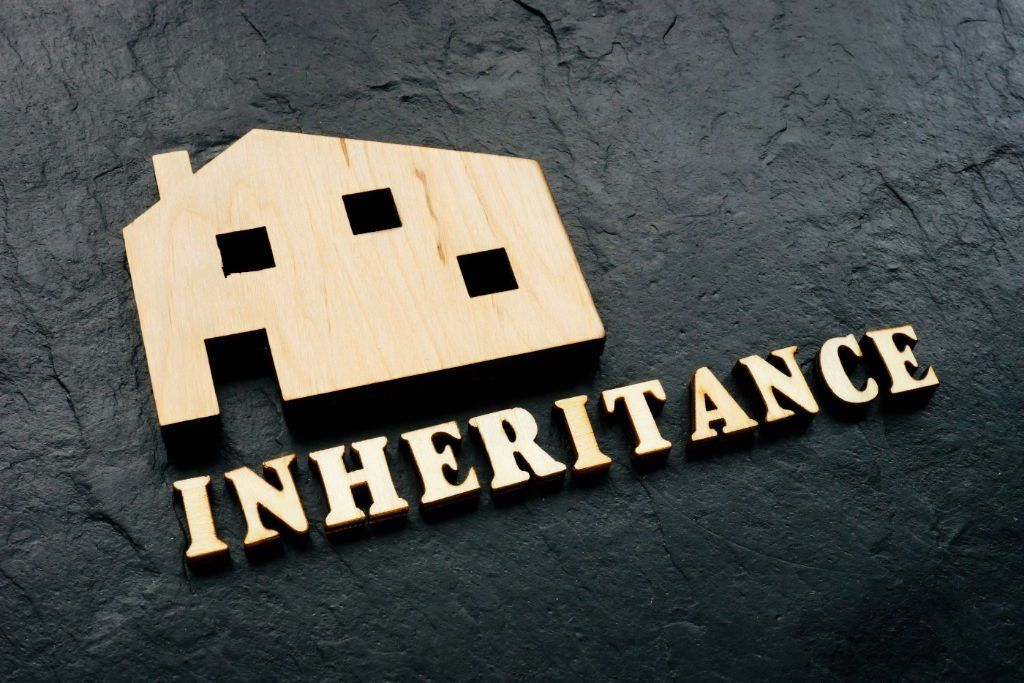Managing Cash Flow in Retirement

Updated on January 7, 2020.
Managing cash flow in retirement when you are no longer earning a regular paycheck may sound tricky.
Social Security, pensions, rental income, etc. can be viewed as annuity-type payments, in that they pay you a regular fixed amount for as long as you live. A person who is planning ahead can affect what these payments will be in the future to some degree; but once certain decisions are made, and payments start, the choices are often limited. See How to Maximize Your Future Social Security Payments.
The other major source of income for retirees is investments. How should investments be structured to supplement Social Security and any other income streams one may have?
Retirement specialists propose different methods.
Annuitizing a Lump Sum
One method is the annuity approach, in which the owner pays an insurance company to convert a lump sum into an income stream for life. The resulting payments are similar to Social Security and defined pension payments. This can work out great if you live a long time, don’t care if you leave an inheritance, and have other resources for spending shocks.
But this method does not work out so great for your heirs if you die early. Depending on how the annuity is structured, non-spouse beneficiaries normally receive nothing upon the early death of the annuitant(s).
Another negative is locking in a low life-time payment, as the insurance company that guarantees your payments are limited to the interest rate conditions at the time you purchase the annuity . A low-returning payout with no inflation adjustment can expose you to significant purchasing power risk over time.
The annuitized lump sum is also no longer available for large unexpected spending needs in retirement, since this part of your nest egg has been replaced by a promise of regular monthly payments from annuity insurance company.
While the annuity approach has the advantage of reducing longevity risk by guaranteeing a lifetime income stream, the biggest potential problems with the annuitizing approach is legacy risk (nothing for heirs), inflation risk (payment doesn’t keep pace with inflation), and liquidity risk (no access to cash if needed). See Annuities: The Good, the Bad, and the Ugly.
For those who want to grow their capital while still maintaining access to it, there are three major methods retirement specialists propose.
Income investing
Income investing is a retirement cash flow strategy that attempts to maximize dividends and interest to cover as much of the owner’s income needs as feasible. Theoretically, if a $1 million stock/bond portfolio can regularly pay out an average of 4.5% in stock dividends and bond interest, the owner doesn’t have to sell investments to generate income (they would still have to sell investments for unexpected spending shocks, Required Minimum Distributions (RMDs) from IRAs, and for rebalancing and tax harvesting.)
Stocks generally pay a lower income than bonds so a mixed portfolio of high dividend-paying stocks and investment-grade bonds generally comes short of matching a withdrawal rate above 3% (in today’s yield environment). When selling is needed to cover income shortages, it can be done when the portfolio is rebalanced. This method can normally avoid having different buckets for different dedicated time frames. Rather the entire portfolio is at work generating a sufficiently high enough income stream to meet most of the client’s portfolio income goals.
The benefit of this approach is that all the portfolio is working, yet with less overall market risk. However to get more income, you typically have to buy lower quality bonds and bonds with longer maturities. The primary risks are credit risk and duration risk.
Total Return Bucket Approach
The total return bucket approach is where you keep five or more years’ worth of income in low-yielding, low-risk investments (such as money market, CDs, or short-term government bonds) and the rest of your retirement nest-egg in long-term growth assets such as stocks. The idea here is that the war chest of safer investments is available to draw from in retirement when the markets experience prolonged or severe downturns. Using a farm analogy, when the cattle are healthy, eat the cows from the field. But when they are unhealthy eat the meat stored in the freezer until the cows in the field fatten up again.
This approach helps investors dedicate and time-segment their investments. Safer investments are dedicated for short-term needs and stocks are dedicated for long-term needs. The safe bucket gets depleted during market downdrafts and filled back up during strong market periods. Bucket strategists figure five years will get you through most economic crises. For retirees needing $45,000/year from their $1 million portfolio, they would keep at least $225,000 in the safe bucket and the remainder in the growth bucket. It is called the total return approach because there is no need to orient the investments toward high dividends and interest. The growth bucket may have no bonds at all. This approach requires selling stocks when they’ve grown and spending down cash-like assets when stocks decline. Since stocks’ growth consist of price appreciation plus dividends, investors using this approach aren’t necessarily attracted to high-dividend paying stocks but can focus on total return only.
One advantage to this approach is the ability to seek investments that don’t necessarily pay high dividends or high interest. Having a war chest of cash also makes it easier for retirees to weather bad market performance and avoid selling assets when they are down in price. The disadvantages are the potential opportunity cost of a five-year bucket of guaranteed, low-returning assets and the market risk of the growth bucket if it is wholly invested in stocks. There is also the risk that a situation arise in which five years may not be enough time for market values to rebound; and when the five-year bucket is depleted, you would then be forced to sell assets when they are down to provide for your living expenses.
A Hybrid Approach
With these
pros and cons considered above, some retirement planners have combined the Total Return Bucket
Approach and the Income Investing Approach to form a hybrid model as
illustrated below.
Notice above that the two buckets are Cash and Retirement Investments . Ideally, you hold one to two years’ worth of investment income in cash or cash equivalents. The remainder of retirement assets (often in IRAs anyway) you fully invest for long-term growth and income. So, with a $1 million liquid net worth, ideally $45,000 to $90,000 would be in cash reserves with the remainder in a broadly diversified portfolio of bonds and stock funds.
After age 72, when Required Minimum Distributions (RMDs) are due annually (from traditional, SEP, and Simple IRAs and qualified plans), any excess RMDs (above the calculated sustainable withdrawal amount--counting any QCD ) would go back into retirement investments, albeit in taxable accounts.
The dynamic distribution method (i.e., retirement income guardrails) controls the flow of income from the retirement investments bucket to the cash bucket . The portfolio is tilted toward higher income investments to minimize the need for constant trading, while periodic rebalancing provides opportunity to fill income shortfalls if the portfolio yield is less than the withdrawal rate. See Three Steps to Safely Maximize Your Portfolio Income.
This hybrid approach also employs a war chest, albeit with cash and bonds , which allows time for market disruptions to resolve, while in the interim producing a steady flow of dividends from stocks and income from bonds. This method also mitigates liquidity risk, in that there are one to two years of cash reserves available in the bank--which also has an emotionally settling psychological effect, according to studies.
I think this hybrid method is the best of all worlds, balancing the longevity, lifestyle, legacy, and liquidity needs of the majority of retirees. See Investing for Income in Retirement.

Travis Echols , CRPC®, CSA
Receive free Social Security Guide by email




Investment Advisory Services offered through JT Stratford, LLC. JT Stratford, LLC and Echols Financial Services, LLC are separate entities.











